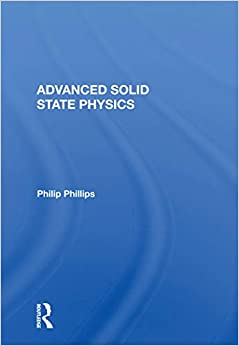Question
Lab 3 Falling Ball Activity 1-1: Motion of a Falling Ball Prediction 1-1: Toss a ball straight up a couple of times and observe its
Lab 3 Falling Ball
Activity 1-1: Motion of a Falling Ball
Prediction 1-1:Toss a ball straight up a couple of times and observe its motion as it falls downward. Describe in words how you think it might be moving. Some possibilities include falling at a constant velocity, falling with an increasing acceleration, falling with a decreasing acceleration, or falling with a constant acceleration. What do you think? Explain how you based your prediction on your observations of the ball's motion. (1 point)
Prediction 1-2:Suppose that you drop the ball from a height of about 2 m above the floor, releasing it from rest. On the axes that follow, sketch your predictions for the velocity-time graph and acceleration-time graphs of the ball's motion. Assume that the positive y direction is upward. (1 point)
Print your graphs (position versus time) from spreadsheet. (1 point)
Print your graphs (velocity versus time) from spreadsheet. (1 point)
Question 1-1: What does the nature of the motion look like - constant velocity, constant acceleration, increasing acceleration, decreasing acceleration, or other? How do your observations compare with the predictions you made? (1 point)
Question 1-2:What motion of a different object, observed in a previous lab, resulted in similar graphs to the ones for the falling ball? Describe what was moving and precisely how it was moving. (1 point)
Question 1-3:Is the acceleration of the ball positive or negative as it falls down? Does the sign agree with the way that the velocity appears to be changing on the velocity-time graph? Explain (2 points)
Activity 1-2: The Magnitude of Gravitational Acceleration
- For Method 1, use the analysis and statistics features. (1 point)
- For Method 2, use the fit routine. (1 point)
Question 1-4:Did the two values for the gravitational acceleration agree with each other? Should they agree with each other? How does your experimental value of the magnitude of the acceleration compare to the accepted value (9.8 m/s2) of the magnitude of the acceleration of a free-falling object?(1 point)
Step by Step Solution
There are 3 Steps involved in it
Step: 1

Get Instant Access to Expert-Tailored Solutions
See step-by-step solutions with expert insights and AI powered tools for academic success
Step: 2

Step: 3

Ace Your Homework with AI
Get the answers you need in no time with our AI-driven, step-by-step assistance
Get Started


